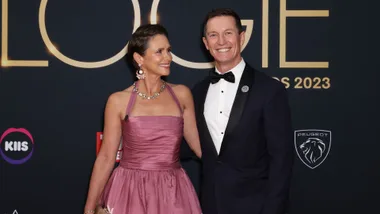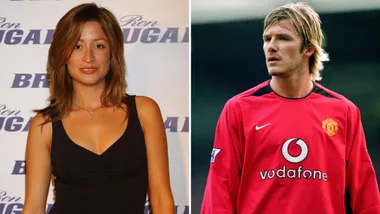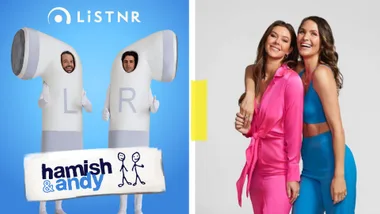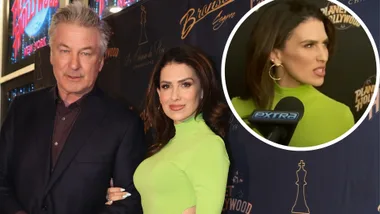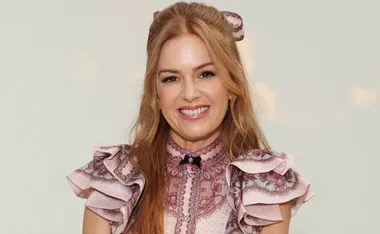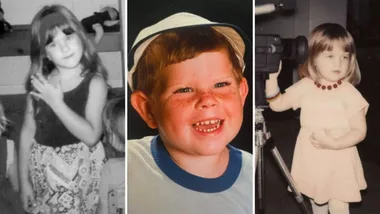He’s the floppy-haired teen at the top of the pop music tree, but is Justin Bieber a formidable talent or a marketing ploy? Whatever the answer, David Leser discovers that Bieber Fever is here to stay.
The tender hearts of Australia’s female youth are probably still palpitating, but now that he has departed our shores it might be a good time to get some perspective on the phenomenon that is Justin Bieber.
Related: Justin Bieber joins forces with the Middletons
Never mind if there are those of you who have only just heard of him — I, too, was living under a rock marked “Paleolithic” until recently — this is the 17-year-old from Stratford, Canada, who is now redefining fame and the history of pop culture.
Consider this: nine million albums sold worldwide in his first year as a professional performer; earnings of more than $100 million in 12 months; one billion viewers on YouTube; 9 million Twitter followers; nearly 17 million Facebook friends; a best-selling book; a 3-D movie about himself; sell-out tours across America, Europe and Australia. And all this before the singer with the Cupid smile can vote or drink in his own hometown.
Think Frank Sinatra in 1942 when he nearly caused the walls of the Paramount Theatre in New York to cave in, such was the commotion from his teenage fans. Think Elvis Presley in 1956 after he sparked near riots with his smouldering good looks and voice, not to mention his on-stage gyrations. Think The Beatles who, during the 1960s, triggered a worldwide hysteria that was to become forever known as “Beatlemania”.
Thanks to online social media, Justin Bieber is now the most popular teenager on the planet, and he is responsible for an earthly pandemic known as “Bieber Fever” which has literally infected the hearts and minds of tens of millions — make that hundreds of millions — of (mostly) young girls and female teenagers.
Known as “Beliebers”, they share the same highly contagious, difficult-to-isolate symptoms. They buy Bieber fragrance, nail polish, key chains, bracelets, beach towels and teddy bears.
They scream, hyperventilate and faint at his concerts. They weep at the sight of him, the thought of him, dream of him often — more often than is probably healthy — and they wear purple in his honour because, well, that’s his favourite colour.
What the Beatles achieved after years of grinding it out in the clubs of Liverpool and Hamburg, Justin Bieber has managed to realise almost overnight, thanks, in large part, to the pervasive influence of YouTube.
Which is not to say the Canadian teenager doesn’t have huge talent. He does. He can sing, rap, dance, play guitar, drums, piano and trumpet. He can also play chess, shoot hoops — practically from the bleachers — and, of course, he’s as cute as a button.
After Bieber’s national sell-out tour of Australia last month — in effect his Second Coming to our shores — his fan base is now even bigger. Not only did Bieber reveal his musicality, he also revealed his heart.
At his first Melbourne concert in the Rod Laver Arena he invited Casey Heynes onto the stage to honour the Australian teenager’s stance against bullying. Casey is, of course, the boy who became an international hero to millions when his decision to fight back against one of his school tormentors was filmed on a mobile phone and posted on YouTube. It was a case of one internet sensation meeting another.
Related: Bieber mania hits Sydney
And, of course, this is where we find ourselves today — on an information superhighway leading everywhere, pointing to everything and everyone. There is no escaping the virus.
Just check out the young girl in his new film, ‘Never Say Never’ who says, “I think about him 99 per cent of my life”. Then she screams.
Read more of this story in the June issue of The Australian Women’s Weekly.
Your say: Why do you think Justin Bieber is so popular?

Video: Justin Bieber’s new perfume ad

